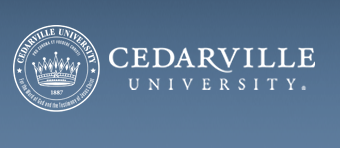The King James Version of the Bible was not the first English language translation of the Scriptures, but the culmination of extensive translation activity in the 1500s, including the likes of the Tyndale Bible, the Great Bible, the Geneva Bible, and the Bishops' Bible. In 1604, King James came to power unifying a divided England. In order to settle disagreements over reforms in the Church of England, he authorized a new translation of the Scriptures building on the previous English Bible translation work and using the best Hebrew, Greek, and Latin texts and manuscripts available. The work, undertaken by a total of 54 scholars, was completed and the first edition published in 1611. Since the mid-17th century, the King James Bible has been the Bible of the English-speaking church. Even though more recent modern translations have in popularity, the KJV stills stands as the masterpiece of the English language. Over four hundred years after its first printing, the King James Bible continues to have worldwide influence, retaining its place as the most influential book and Bible ever published. The exhibit includes a collection of rare King James Bible editions from the 17th and 18th centuries, the earliest from 1613, pages from the first edition, and other rare English language Bibles which were forerunners of the King James version.
The Biblical Heritage Gallery where these items were exhibited closed in 2019 to make way for the Warren and Betty Wiersbe Library and Reading Room, which opened in the fall of 2019. The items in the on-line exhibit described below are housed in Special Collections at the Centennial Library at Cedarville University and are available for use by the public on request. Follow this link to contact the University Archivist.

